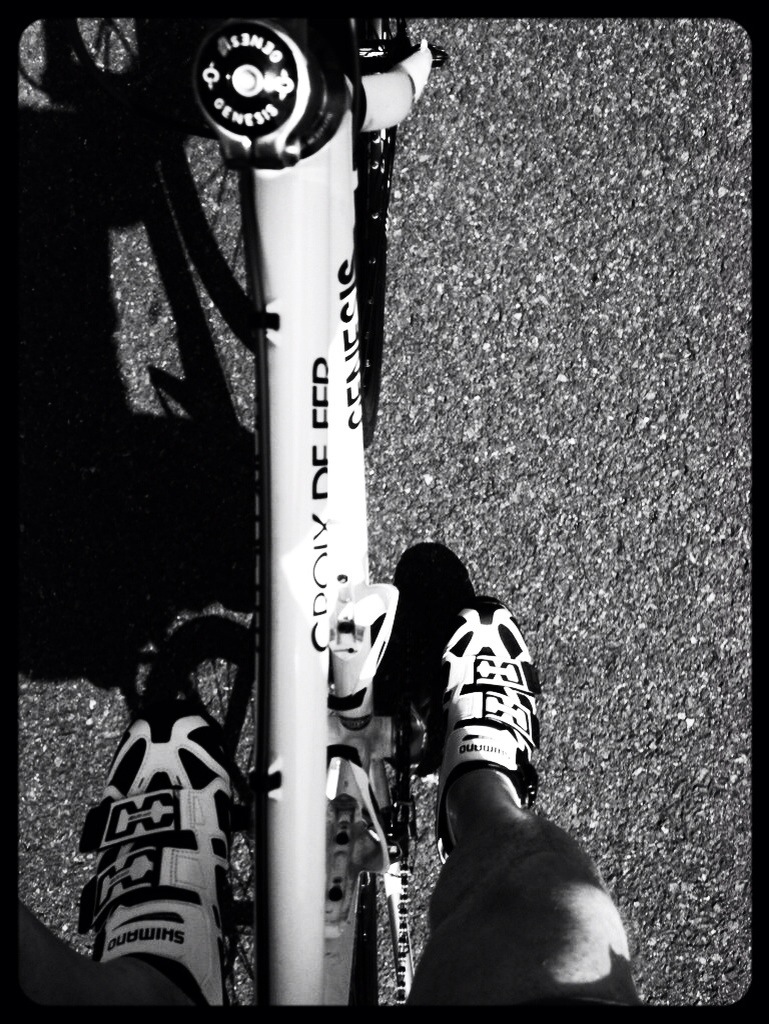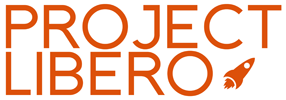Since knee surgery I’ve made a slow but steady comeback on my bike. I’ve struggled with motivation but have inched forward bit by bit. I’ve returned to the sort of distances and speeds I used to turn out but something has still been wrong. Burning pain in my quadriceps after a ride. I’ve also felt my confidence in corners has not fully returned and I’m left wondering whether physically and mentally I’m not the same rider I was.
When I originally got my bike it was set up by a friend with a massive amount of expertise. He has built literally hundreds of bikes in his time. His previous job as a bike tour guide meant that he had constructed and adjusted bikes regularly for an ever changing cast of riders with all their varying fitment needs. So when I decided to get a commercial bike fit I was worried that this was somehow an insult to him but I knew that something wasn’t right.
I did some research around the net, spoke to a few friends. The general opinion was that the best bike fitters just “know”, that they can size you up as you walk in the door. Also there was a feeling that recent technological developments / systems may all be a bit smoke and mirrors. In the end I settled for a mixed approach.
I contacted a guy called Adam White. He offers the Retül system currently in use by many of the pro teams but that wasn’t why I chose him. It was more about his commitment to biomechanics and how he wanted to approach bike fitting – seeing it as an entirely personal thing. Certainly the questionnaire he sent me was incredibly detailed.
I arrived at his studio a little nervous and found a guy much younger than I expected (or maybe I’m just getting older). He explained how he had got in to bike fitting, how the process would work and how long it would take. First off was a physical assessment, see what my range of movement was. Adam had trained originally as a physio so knew his way around the human anatomy & I was impressed with his attention to detail. Next up I got on the bike to see if his initial suspicions were confirmed. Once we had done that then he attached a whole bunch of sensors to me and the system recorded me in 3D. From there he could make a judgement about where we needed to start.
 In essence I was collapsing from the pelvis and my balance was skewed. I seemed stretched on the bike to his eyes which was something I hadn’t noticed but made perfect sense. Rather than the bike he made the first adjustments to my shoes (I ride clipped to my pedals). I hopped back on the bike. There was a definite improvement. Next he tweaked the saddle up & forward a tiny amount. It helped even more. We moved it again, this time too far so we went back to the first adjustment. I was blown away by how 2mm of adjustment up and perhaps 1cm forward made such a difference. He was clear that there had likely been nothing wrong with my setup pre-injury but that as I healed, favouring my left leg I had imported weaknesses to my riding position.
In essence I was collapsing from the pelvis and my balance was skewed. I seemed stretched on the bike to his eyes which was something I hadn’t noticed but made perfect sense. Rather than the bike he made the first adjustments to my shoes (I ride clipped to my pedals). I hopped back on the bike. There was a definite improvement. Next he tweaked the saddle up & forward a tiny amount. It helped even more. We moved it again, this time too far so we went back to the first adjustment. I was blown away by how 2mm of adjustment up and perhaps 1cm forward made such a difference. He was clear that there had likely been nothing wrong with my setup pre-injury but that as I healed, favouring my left leg I had imported weaknesses to my riding position.
I left Adam with strict instructions from him to try a couple of gentle rides first to allow myself to adjust. I went out on Saturday evening and right from the off the bike felt more agile and responsive, I felt more confident in the corners and able to apply power more smoothly and precisely.
Why am I telling you all this? Well it got me thinking about how we get used to things over time, how we cope and adjust to situations that aren’t terribly healthy for us mentally and emotionally, personally or professionally. Yet a tiny bit of adjustment (12mm on the bike and 1cm on my shoes in my case) may transform our lives.
Where have you allowed yourself to get bent out of shape? Where could you make a tiny adjustment in your life and transform your future?
P.S. All this cycling stuff is in a good cause. I’m just £40 from my target in my latest charity ride for Mind. Could your small donation help me get to the start line? Please support me.
